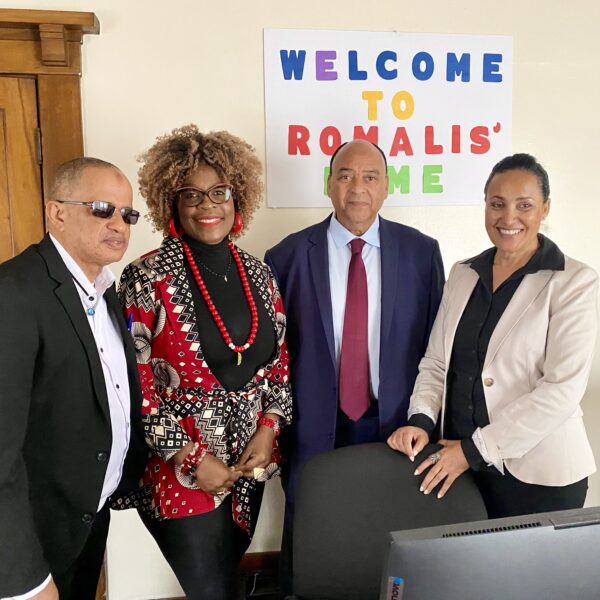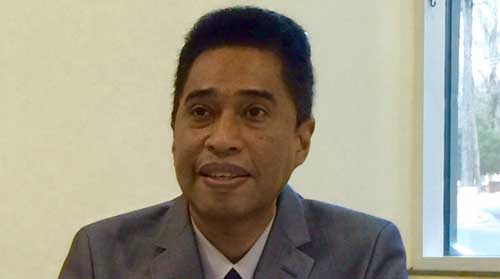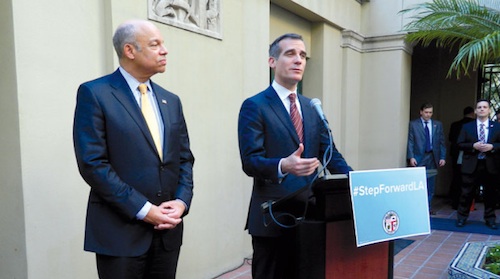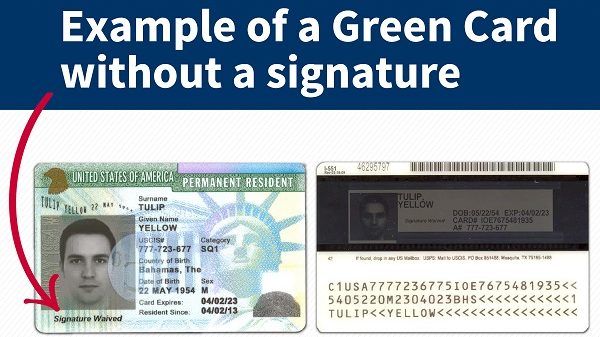U.S. Citizenship and Immigration Services (USCIS) is providing information for nonimmigrant workers whose employment has terminated, either voluntarily or involuntarily. These workers may have several options for remaining in the United States in a period of authorized stay based on existing rules and regulations.
Below is a compilation of options that may be available to nonimmigrant workers seeking to remain in the United States in a period of authorized stay following termination. Please note that not all options below provide employment authorization.
60-Day Grace Period
Regulations permit a discretionary grace period that allows workers in E-1, E-2, E-3, H-1B,
H-1B1, L-1, O-1, or TN classifications (and their dependents) to be considered as having maintained status following the cessation of employment for up to 60 consecutive calendar days or until the end of the authorized validity period, whichever is shorter (See 8 CFR 214.1(l)(2)).
During this period, workers may be able to maintain their nonimmigrant status if a new employer timely files a petition on their behalf with an extension of stay request (e.g., an H-1B change of employer petition for a worker in H-1B status).
Alternatively, workers may be able to remain in the United States in a period of authorized stay if they timely file an application to change to a new nonimmigrant status (such as B-2 visitor nonimmigrant status) or an application for adjustment of status, if eligible (see below for a detailed overview of options).
Workers who are unable to timely file a change of status application, or find a new employer who timely files a change of employer petition for the worker, may be required to depart the United States at the end of this grace period.
Portability to a New Employer
Portability rules permit workers currently in H-1B status to begin working for a new employer as soon as the employer properly files a new H-1B petition with USCIS, without waiting for the petition to be approved. More information about H-1B portability can be found on our H-1B Specialty Occupations page.
Also, a worker with an adjustment of status application (Form I-485) that has been pending for at least 180 days with an underlying valid immigrant visa petition (Form I-140) has the ability to transfer the underlying immigrant visa petition to a new offer of employment in the same or similar occupational classification with the same or a new employer. This is commonly referred to as “porting.” More information about porting can be found in the USCIS Policy Manual.
Change of Status
Workers may use the up to 60-day discretionary grace period to apply to change their nonimmigrant status, which may include changing status to become the dependent of a spouse (e.g., H-4, L-2). Some individuals in a dependent nonimmigrant status may be eligible for employment authorization incident to status, including spouses of E-1, E-2, E-3, or L-1 nonimmigrants (See USCIS Policy Manual). In addition, some spouses of H-1B workers may be eligible for work employment authorization if certain requirements are met.
Other possible nonimmigrant options include student status (F-1) or visitor status (B-1 or B-2). Note that, by statute, B-1 and B-2 nonimmigrant visitors are specifically precluded from “performing skilled or unskilled labor” in the United States. Certain F-1 students, by regulation, may engage in limited employment. For more information, please see our Change My Nonimmigrant Status page.
Potential pathways for noncitizen STEM professionals can be found on our Options for Noncitizen STEM Professionals to Work in the United States page.
Note: The timely filing of a non-frivolous application to change status will toll, or stop, the accrual of unlawful presence until the application is adjudicated. For example, if an individual files a non-frivolous application to change status before the end of the applicant’s 60-day grace period, they will not accrue unlawful presence while the application remains pending even after the 60-day grace period has elapsed. If the application is ultimately approved, then the individual’s status is changed and is considered to have been in a period of authorized presence the entire time the application was pending. If the application is denied, then the individual starts to accrue unlawful presence the day after the denial decision. Please see our Unlawful Presence and Inadmissibility page for more information.
Change of Status and Employer
Workers may use the up to 60-day discretionary grace period to seek a new employer-sponsored nonimmigrant status in the same or different status. For example, depending on the specific facts presented, an L-1 worker may be eligible for new employment under the TN, E-3, or H-1B1 classifications. The timely filing of a non-frivolous change of status application will prevent the accrual of unlawful presence until the application is adjudicated (see above). Such a filing alone will not, however, confer employment authorization in the new position during the pendency of the application, and will not extend employment authorization if the original classification is no longer valid. Some petitions may be eligible for premium processing for an additional fee.
Adjustment of Status
Some workers may be eligible to file a self-petitioned immigrant visa petition concurrently with an adjustment of status application. Examples of immigrant classifications that are eligible for self-petitioning include EB-1 Extraordinary Ability, EB-2 National Interest Waiver, or EB-5 Immigrant Investors. Workers with a pending adjustment application are generally eligible to remain in the United States and obtain an Employment Authorization Document (EAD).
Period of Authorized Stay – Compelling Circumstances Employment Authorization Document
Workers who are the beneficiary of an approved employment-based immigrant visa petition (Form I-140) may be eligible for a compelling circumstances EAD for up to one year if they:
- do not have an immigrant visa available to them in the Department of State’s Visa Bulletin, and
- face compelling circumstances.
Note: A compelling circumstances EAD is a discretionary stopgap measure intended to assist certain individuals on the path to lawful permanent residence by preventing the need to abruptly leave the United States. Workers who begin working on a compelling circumstances EAD will no longer be maintaining nonimmigrant status but generally will be considered to be in a period of authorized stay and will not accrue unlawful presence in the United States while the EAD is valid. More information about eligibility requirements and the application process can be found on our Employment Authorization in Compelling Circumstances page.
Expedite Criteria
Some circumstances may warrant expedited adjudication, including applications to change status to a dependent status that includes eligibility for employment authorization. For example, an application to change status from H-1B to L-2 may be eligible for expedited adjudication to prevent severe financial loss. See the How to Make an Expedite Request page for additional information.
Departure from the United States
Workers may choose to depart the United States. For H-1B and O workers who chose to depart the United States after involuntary cessation of employment, the reasonable costs of transportation to the worker’s last place of foreign residence must be borne by the H-1B employer or by the O employer and O petitioner, as applicable (See 8 CFR 214.2(h)(4)(iii)(E) and 8 CFR 214.2(o)(16)).
Once abroad, H-1B holders may seek U.S. employment and readmission to the United States for any remaining period of their H-1B status. Those seeking another classification for which they may be eligible can complete the application or petition process abroad and seek readmission to the United States.








